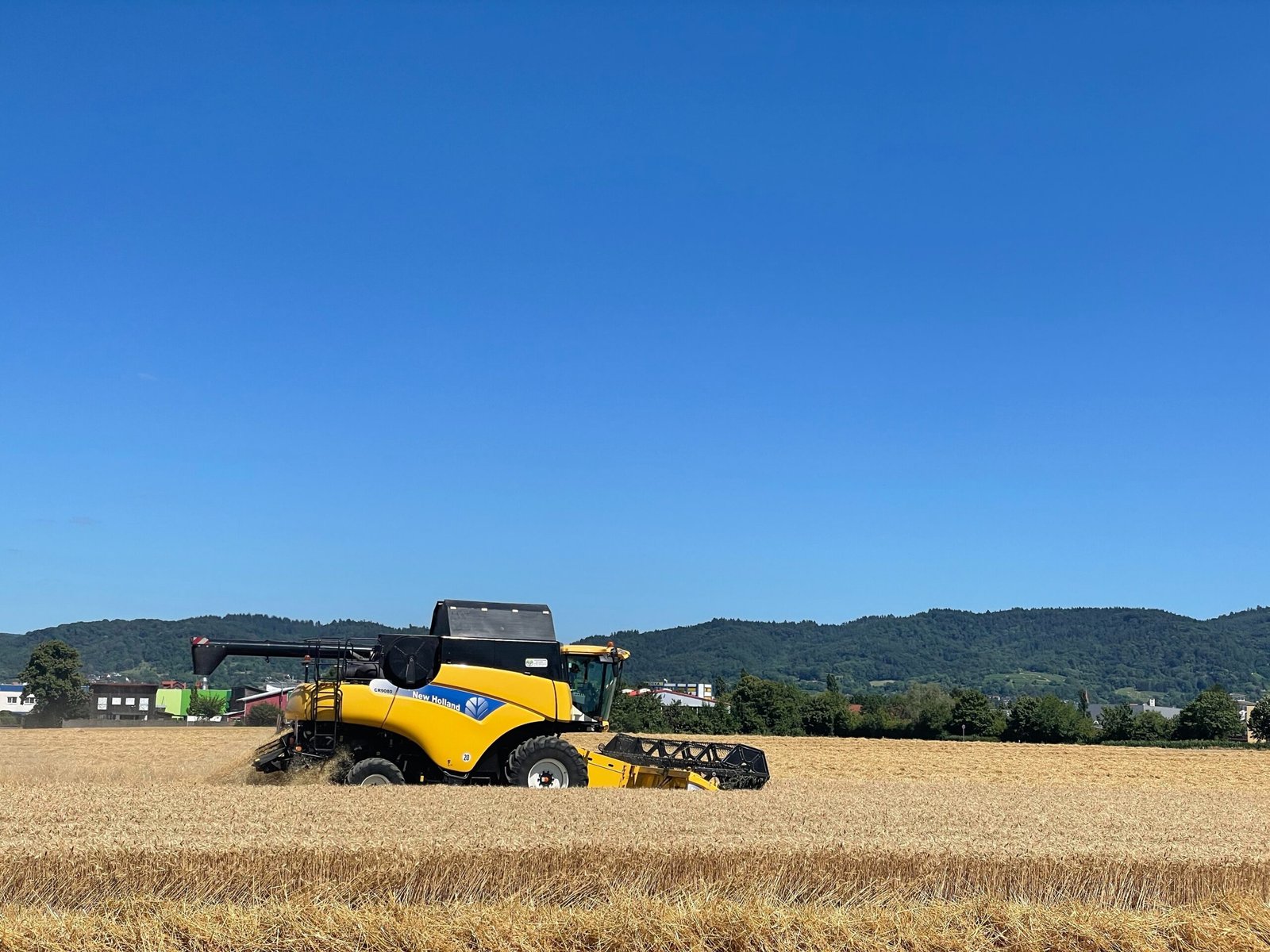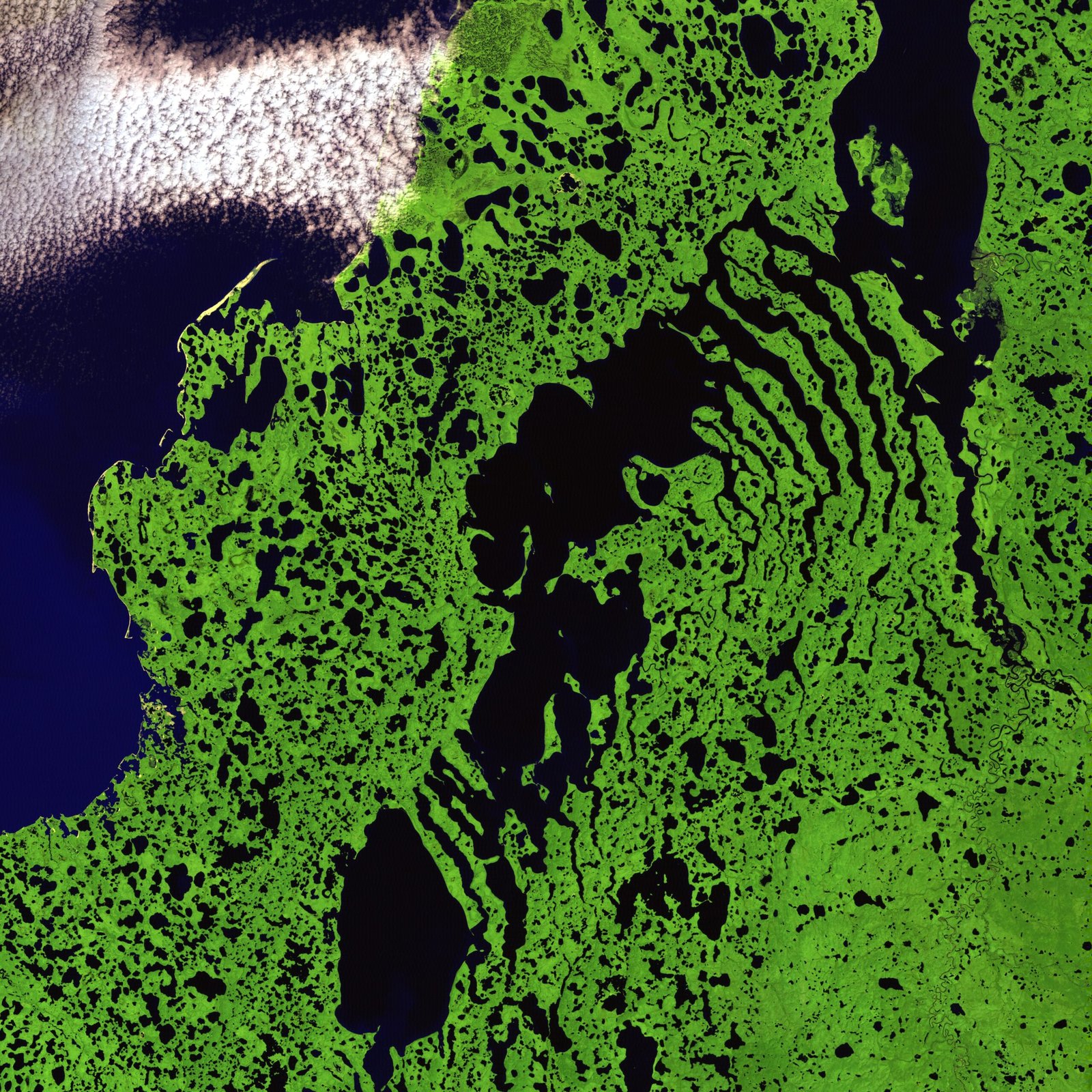Technology has revolutionized various industries, and the world of viticulture is no exception. Vineyard management, once a labor-intensive process, has been significantly enhanced by the integration of technology. From precision agriculture to data-driven decision making, technology has become an invaluable tool for vineyard owners and managers.
Precision Agriculture
One of the key advancements in vineyard management is the implementation of precision agriculture techniques. This approach involves using sensors, drones, and satellite imagery to gather data on various aspects of the vineyard, such as soil moisture, nutrient levels, and plant health. This data is then analyzed to optimize irrigation, fertilization, and pest control strategies.
By employing precision agriculture, vineyard managers can reduce water and fertilizer usage, minimize the risk of disease and pests, and ultimately improve the quality of the grapes. This technology-driven approach not only benefits the environment but also increases the efficiency and profitability of vineyard operations.
Data-Driven Decision Making
Another significant impact of technology on vineyard management is the ability to make data-driven decisions. With the help of specialized software and analytics tools, vineyard owners can collect and analyze vast amounts of data, including weather patterns, historical yields, and market trends.
This data-driven approach allows vineyard managers to optimize planting and harvesting schedules, determine the ideal grape varieties for specific regions, and make informed decisions about vineyard expansion or diversification. By leveraging technology to analyze data, vineyard owners can maximize productivity and profitability while minimizing risks.
Vineyard Monitoring
Technology has also revolutionized the way vineyards are monitored. Remote monitoring systems equipped with sensors and cameras enable vineyard managers to keep a close eye on various parameters, such as temperature, humidity, and disease prevalence.
These monitoring systems provide real-time data, allowing vineyard managers to detect and address issues promptly. For example, if a sudden temperature drop is detected, the system can automatically activate frost protection measures. This proactive approach helps minimize crop damage and ensures the overall health of the vineyard.
Enhanced Vineyard Communication
Technology has also improved communication within vineyard teams. Mobile apps and cloud-based platforms enable seamless collaboration and information sharing among vineyard workers, regardless of their physical location.
These tools allow vineyard managers to assign tasks, track progress, and share important updates in real-time. This streamlined communication enhances efficiency and ensures that everyone is on the same page, resulting in smoother operations and improved productivity.
The Future of Technology in Vineyard Management
The integration of technology in vineyard management is an ongoing process, and the future holds even more exciting possibilities. Advancements in artificial intelligence, robotics, and predictive analytics are expected to further revolutionize the industry.
For example, autonomous robots equipped with sensors and AI capabilities could perform tasks such as pruning, harvesting, and pest control with precision and efficiency. Predictive analytics models could help vineyard owners anticipate market trends and consumer preferences, enabling them to make proactive decisions.
In conclusion, technology has had a profound impact on vineyard management. Precision agriculture, data-driven decision making, vineyard monitoring, and enhanced communication have all contributed to more efficient and sustainable vineyard operations. As technology continues to evolve, the future of vineyard management looks promising, with even greater advancements on the horizon.



